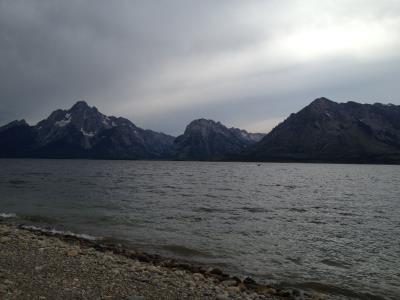




Yucca House National Monument – Image Gallery










Yucca House National Monument
Yucca House National Monument is an ancient Ancestral Puebloan archaeological site with well-preserved ruins in the southwestern region of Colorado.
Details
Yucca House National Monument
Yucca House National Monument is a lesser-known archaeological site located in the southwest corner of Colorado near the town of Cortez. This ancient Puebloan village dates back over 800 years and is believed to have been inhabited by the Ancestral Puebloans.
- Features:
-
- The main feature of Yucca House National Monument is the large pueblo structure that once housed the ancient inhabitants of the area. The pueblo consists of over 600 rooms and is thought to have been a thriving community during its heyday. -
- The site also contains several kivas, or underground ceremonial rooms, which were likely used for religious and social gatherings. -
- Surrounding the pueblo are the remnants of agricultural terraces and irrigation ditches, indicating that the inhabitants were skilled farmers who were able to sustain themselves in this arid region. - - The site is surrounded by beautiful desert landscapes, including mesas, canyons, and the nearby Sleeping Ute Mountain.
- Ecological Significance:
- - Yucca House National Monument is located in a region known for its unique flora and fauna, including yucca plants, sagebrush, and pinon pine trees.
- - The site is also home to a variety of wildlife, such as deer, rabbits, and various bird species.
- - The archaeological site itself is of great ecological significance, as it provides valuable insights into the lives of the ancient inhabitants of the area and their relationship with the environment.
Overall, Yucca House National Monument is a fascinating archaeological site with rich historical and ecological significance, making it a must-visit destination for anyone interested in the history and culture of the American Southwest.
Yucca House National Monument
Points of Interest
Yucca House National Monument Points of Interest
- Yucca House Ruins : The main attraction of the monument, these well-preserved Ancestral Puebloan ruins date back to around 1150 A.D. Visitors can explore the rooms, kivas, and other structures of this ancient village.
- Petroglyphs : There are several petroglyphs scattered throughout the monument, depicting various symbols and animals. These ancient rock carvings provide a glimpse into the culture and beliefs of the Ancestral Puebloans.
- Views of Mesa Verde : From certain vantage points within the monument, visitors can enjoy stunning views of Mesa Verde National Park, another important archaeological site in the region.
- Self-guided Tours : The monument offers self-guided tours with interpretive signs that provide information about the history and significance of the site. Visitors can explore at their own pace and learn about the ancient inhabitants of this area.
- Picnic Areas : There are designated picnic areas within the monument where visitors can relax and enjoy a meal surrounded by the beauty of the desert landscape.
Yucca House National Monument – Images

Description: 6 NPS staff sit next to a desert pond filling out field datasheets. Dragonfly Mercury Project sampling site at Yucca House National Monument in 2021.
Image by NPS – Public domain – Wikimedia

Description: 羽幌遊歩ユースホステル (Haboro Yuho Youth Hostel)
Image by Soica2001 (talk) – Public domain – Wikimedia

Description: Hokkaido Yuho High School in Sapporo city, Hokkaido, Japan.
Image by 禁樹なずな – CC BY-SA 3.0 – Wikimedia

Description: Archaeological mound at Yucca House National Monument, in Montezuma County, Colorado. 37°15′1″N 108°41′11″W / 37.25028°N 108.68639°W / 37.25028; -108.68639
Image by National Park Service – Public domain – Wikimedia

Description: Entrance to Yucca House National Monument
Image by Nationalparks – CC BY-SA 2.5 – Wikimedia

Description: Monument commemorating first western play (King Solomon) in Japan at Yuho Park, Oita City, Oita Pref., Japan / 西洋劇発祥記念碑(大分県大分市遊歩公園)
Image by OitaKiseichu – CC BY-SA 3.0 – Wikimedia
Search
Quick Links
New Blog SystemNational Parks (NEW)
National Forests (NEW)
National Monuments (NEW)
National Recreation Areas
State Parks
Bureau of Land Management (BLM) Areas
Wilderness Areas (NEW)
By The Numbers (NEW)
- Populations of all Countries (NEW)
Ideas - Stock Tickers
Running USA Debt Total



